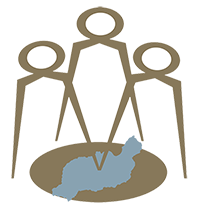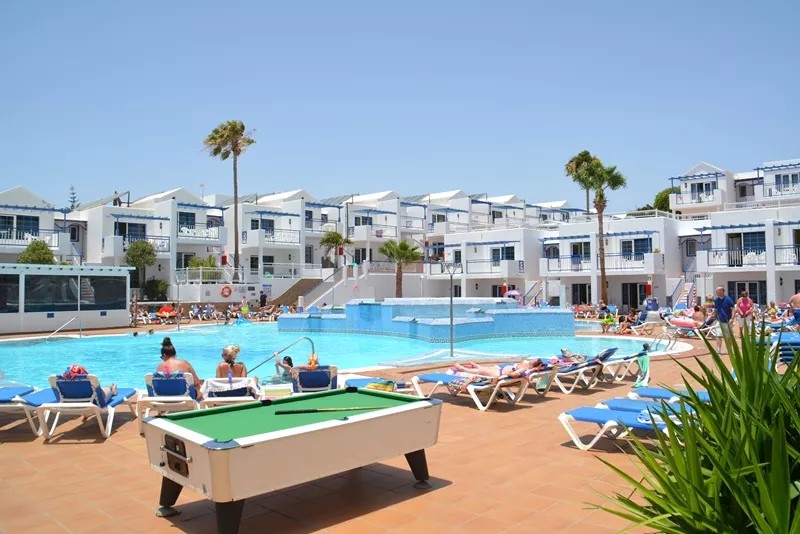THANKS TO LANCELOT DIGITAL
The economic engine of the Canary Islands, Tourism, is working at full speed despite the uncertainties that loom in the context, not only national, but also international. Despite this, the sector represents 35.5% of the regional Gross Domestic Product (GDP), reaching 16,961 million euros, which shows the recovery power it has had after the pandemic, compared to the rest of the sectors. Likewise, it leaves on the table how the Canary Islands should carry out its long-awaited diversification, since its economy pivots even more strongly on services, as published by Tiempo de Canarias.
The issue leaves open the possibility that such a shift towards less dependence on tourism in the Islands must be carried out cautiously and without detriment to the travel sector. That is, the momentum acquired by the economic engine of the Archipelago must serve to promote the development of other sectors and, thus, try to achieve less dependence. However, it is worth noting that this is an economic sector that currently employs 344,358 people in the Canary Islands, which represents 40% of the islanders who are registered with Social Security. Figures that have increased by 2,012 people, according to data published this Monday by the Ministry of Labor.
This has become evident with the latest data on tourist arrivals to the Islands. And last October, the starting point of the high season in the Archipelago, 1.26 million international travelers visited the island airports, being the highest number since 2017, which ended up setting the historical record. arrival of foreign visitors to the Autonomous Community, with 14.21 million tourists throughout the year. Between January and October 2023, there have been 11.23 million people who have chosen to spend their holidays on the Islands, which represents a growth of 13.2% compared to last year and close to the records of 2018, when In that same period, 11.31 million people arrived in the Canary Islands.
It should be noted that according to Frontur’s historical record, 2017 and 2018 were the best years for the sector in the Archipelago, with 14.21 and 13.75 million foreign tourists in the global count. Thus, the Minister of Tourism of the Government of the Canary Islands, Jessica de León, has even pointed out that this year will be “a record year” because it is expected that the Archipelago will close the year with “16 million tourists and 16% more spending.” ” with respect to the year 2022. All this, while the community works to find a balance between the quality and quantity of the tourist offer.
Meanwhile, the United Kingdom and Germany continue to make the difference compared to the rest of the issuing markets. Both countries represent almost 55% of the total foreign tourists who have visited the Archipelago, with the British leading and marking clear distances. And tourists from the United Kingdom do not reject maintaining their getaways to the Islands despite the economic and political uncertainties in their country and they have contributed 39.5% of the travelers who arrived to the Islands. For its part, the German market represents 15.2% of visitors.
The growth of the sector is also being reflected in its income. And tourist spending is already at record figures, benefiting not only from the increase in visitor arrivals, but also from the increase in prices. Thus, in the month of October alone, foreign travelers left 1,753 million euros in the Islands, which represents a growth of almost 13% compared to the same month of 2022. A figure that, in the cumulative total of the entire current year, reaches 16,295 million euros, 15.5% more.
This accumulated expense from January to October is almost equivalent to what the sector billed in all of 2019, the last year before the covid-19 health crisis: 16,854 million euros. Furthermore, according to the INE, each of them spent an average of 1,381 euros on the total trip, with a daily outlay of 176 euros, 5.0%. The length of stay was 7.9 days, 0.3% longer. With all this, the Government insists on the need to “diversify” the tourism model of the Islands, as has also been stated by the Vice President of the Executive, Manuel Domínguez, promoting other sectors such as the industry linked to the blue economy. .
Thus, taking into account the development registered by the sector in the Islands, the Government will launch the Tourism Observatory to try to achieve balance and sustainability, as well as obtain the necessary information for effective decision-making and the rapid implementation of the precise corrective measures. A job in which they have already started with the regulatory block, and from now on, according to the Minister of Tourism, “we will focus on raising awareness of an industry that needs to re-excite new generations to retain talent”, so that the Canary Islands do not not only be “a pole of attraction, but also of formation.”





